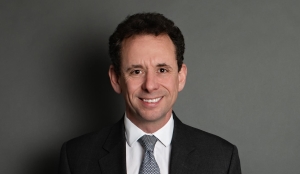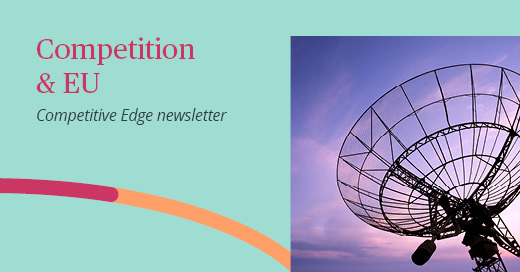Arbitration of FRAND Disputes in SEP Licensing
High-technology products today usually contain standardised technology. Cellular wireless connectivity is one example: standards include the fourth-generation ‘LTE’ standard or the third-generation ‘UMTS’ standard. Developed originally for mobile phones, cellular wireless is found today in cars, smart meters, factories, trains and drones. Wi-Fi is another example of standardised connectivity technology, specified by the Institute of Electrical and Electronic Engineers’ 802 series of standards. Video encoding is a third example, with standards including H.264 and H.265.
These standardised technologies are developed not by a single company, but by groups of companies that collaborate through standards developing organisations (SDOs). Engineers from the companies will meet and agree on technological solutions to be adopted in the standard. Often these meetings identify technical problems to be overcome. The solutions identified by the participating engineers to these problems may be novel, and inventive, and therefore eligible for patent protection. The companies involved may file patent applications and end up with a portfolio of patents that cover some of the technology in the standard. An implementer of the standard, wishing to build and sell a device that uses the technology, must take a licence to those patents.
SDOs typically have intellectual property right (IPR) policies. These policies set the terms on which participants in the standards development…



